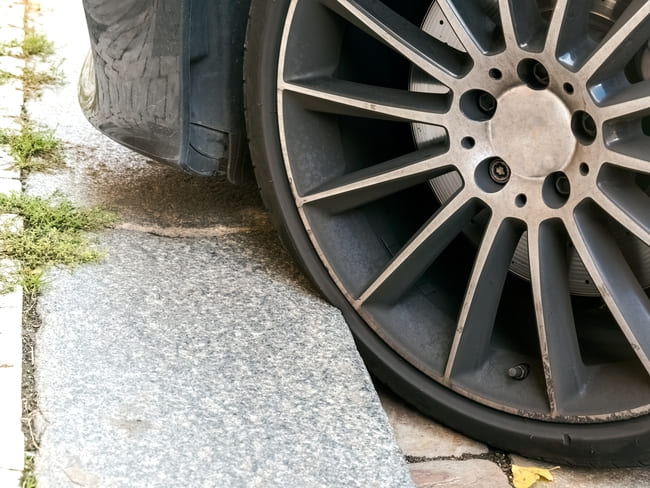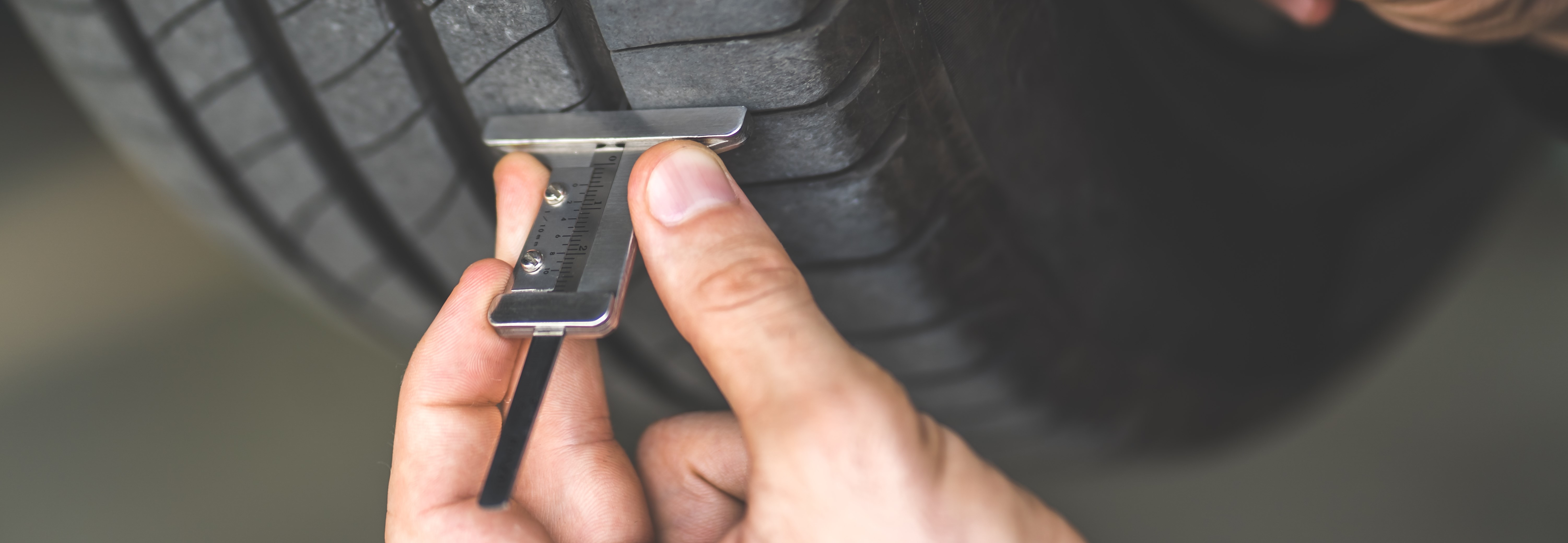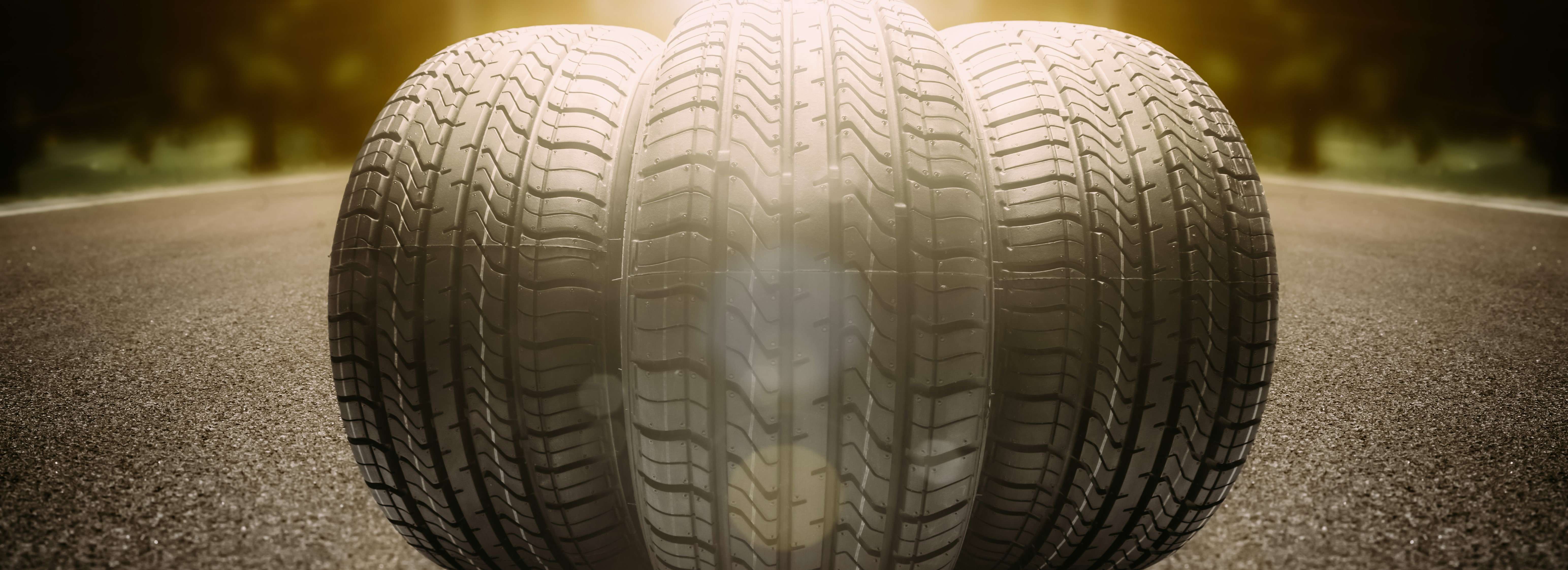
What are the Advantages and Disadvantages of Low Profile Tyres?
Low profile tyres make a vehicle look sporty as well as accentuate the well-maintained rims. It is a popular choice among tuners and sports car drivers, but are these tyres the right choice for you and what are the advantages and disadvantages of low-profile tyres? Before buying, it is always good to consider your driving style, needs and expectations. Here we will take a closer look.

What are low profile tyres?
Low profile tyres are tyres with a relatively low sidewall height in relation to the tyre width. The most common definition of a low profile tyre in the industry is a tyre with a sidewall that is 50% or less of the width. It is worth mentioning that the concept of the low profile tyre has evolved as the tyre industry has developed. As recently as the 1970s, tyres with a tread of less than 80 per cent were considered low-profile tyres, but today they are increasingly rare. Experts report that a low profile tyre can be 30 or even less. The definition of a low profile tyre is therefore not exact and constantly changing.
Advantages of low profile tyres
Low profile tyres can offer you several advantages that you should be aware of before you buy. Mounted on large, well-maintained rims, low-profile tyres greatly enhance the appearance of the rims and give your vehicle a sportier and more aggressive look. This makes them a popular choice for tuning enthusiasts. The second advantage of low profile tyres is very good handling. A low profile usually means a large width and higher sidewall stiffness. These tyres, therefore, have a larger contact area with the road and are less prone to deformation under high loads. This improves steering response, power transmission and grip, especially when cornering. By choosing low-profile tyres, you will have more control over your vehicle and lateral skidding is less noticeable. In addition, they require less space and larger brake systems can be mounted on larger rims meaning more braking power, which is especially important at high speeds.

Disadvantages of low profile tyres
Although many drivers appreciate the advantages of low-profile tyres, they also have disadvantages and they do wear out faster than other tyres. A low profile tyre does not flex as much as a higher profile tyre and therefore absorbs fewer road bumps. This can lead to a loss of comfort, especially when driving on uneven or bumpy roads. The full potential of low-profile tyres can be realised on straight and high-quality road surfaces. A high grip combined with poor shock absorption could be uncomfortable for the driver and other car occupants. If you decide that appearance is not worth the reduction in comfort, you can always change them back to “normal” tyres.
The tyres' lifespan is highly dependent on the driver's driving style, and if you need a replacement take a look at car tyres offers in the online shop or check the best price of Continental tyres. However, it is important to know that low-profile tyres are designed for dynamic driving with high grip, which can lead to faster tyre wear. Another disadvantage of low profile tyres is also the increased risk of rim and wheel damage. With a lower sidewall, the rim is more likely to scrape a kerb or pothole. If you drive into a large pothole at high speed, the rim may break or become bent.
What air pressure for low profile tyres?
Tyre pressure for low-profile tyres is an important factor for safety and performance. Too high is uncomfortable to drive and too low can even lead to irreversible tread damage and overheating. Vehicle manufacturers provide detailed instructions on the appropriate sizes for low-profile tyres and the air pressure to be maintained. This information can be found in the vehicle owner's manual.
It is common for low profile tyres to be inflated to a slightly higher pressure than standard tyres. This is because the tyre has a smaller volume, meaning it has to carry the same load with less air. It is important to check the tyre pressure of low profile tyres regularly and to keep an air compressor for car tyres on hand. Air leakage is more difficult to observe because low profile tyres do not flex as much after leakage as higher profile tyres.
When should I check the air pressure of low profile tyres?
It is important to know how to extend your tyres service life. One aspect of this is checking the air pressure regularly, at intervals of two to four weeks, before loading your vehicle with a non-standard load, and before every long journey.
TOP products on the subject:








